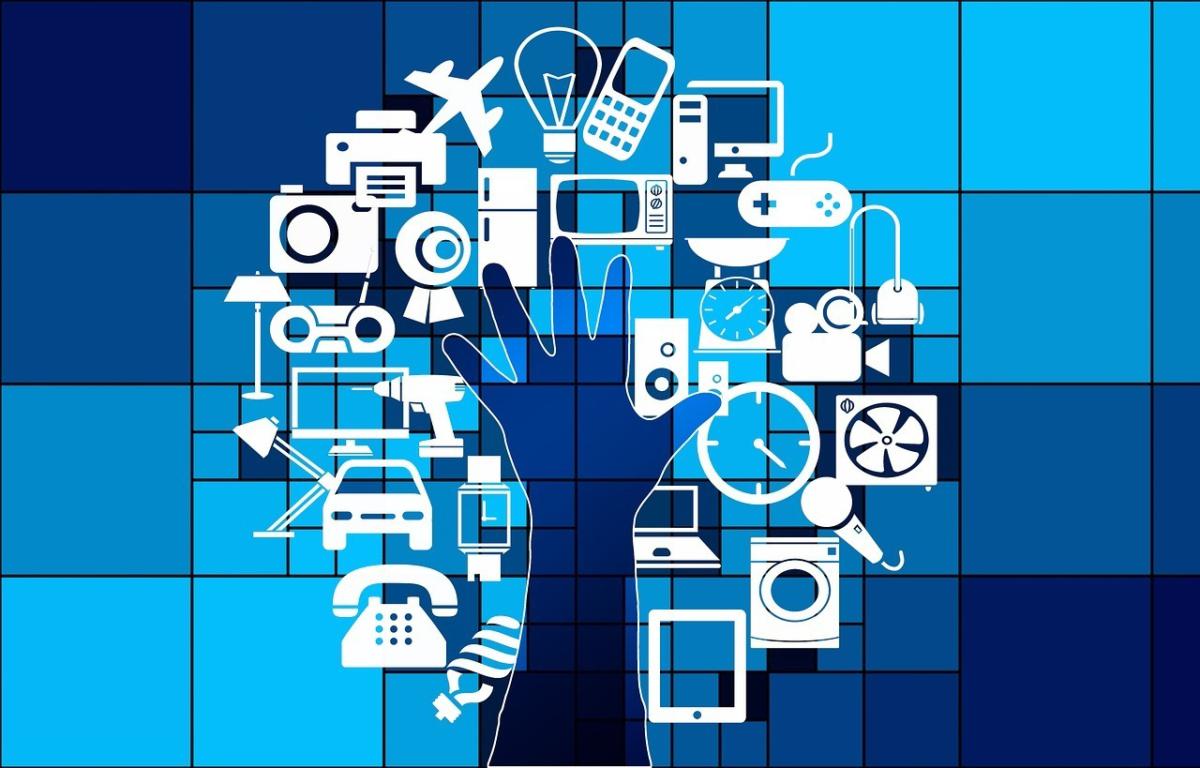The internet of things is real, and it’s a real part of the cloud. A key challenge is how you can get data processed from so many devices. Cisco Systems predicts that cloud traffic is likely to rise nearly fourfold by 2020, increasing 3.9 zettabytes (ZB) per year in 2015 (the latest full year for which data is available) to 14.1ZB per year by 2020.
As a result, we could have the cloud computing perfect storm from the growth of IoT. After all, IoT is about processing device-generated data that is meaningful, and cloud computing is about using data from centralized computing and storage. Growth rates of both can easily become unmanageable.
So what do we do? The answer is something called “edge computing.” We already know that computing at the edge pushes most of the data processing out to the edge of the network, close to the source of the data. Then it’s a matter of dividing the processing between the edge and the centralized system, meaning a public cloud such as Amazon Web Services, Google Cloud, or Microsoft Azure.
That may sound a like a client/server architecture, which also involved figuring out what to do at the client versus at the server. For IoT and any highly distributed applications, you’ve essentially got a client/network edge/server architecture going on, or — if your devices can’t do any processing themselves, a network edge/server architecture.
The goal is to process near the device the data that it needs quickly, such as to act on. There are hundreds of use cases where reaction time is the key value of the IoT system, and consistently sending the data back to a centralized cloud prevents that value from happening.
You would still use the cloud for processing that is either not as time-sensitive or is not needed by the device, such as for big data analytics on data from all your devices.
There’s another dimension to this: edge computing and cloud computing are two very different things. One does not replace the other. But too many articles confuse IT pros by suggesting that edge computing will displace cloud computing. It’s no more true than saying PCs would displace the datacenter.
It makes perfect sense to create purpose-built edge computing-based applications, such as an app that places data processing in a sensor to quickly process reactions to alarms. But you're not going to place your inventory-control data and applications at the edge — moving all compute to the edge would result in a distributed, unsecured, and unmanageable mess.
All the public cloud providers have IoT strategies and technology stacks that include, or will include, edge computing. Edge and cloud computing can and do work well together, but edge computing is for purpose-built systems with special needs. Cloud computing is a more general-purpose platform that also can work with purpose-built systems in that old client/server model.






